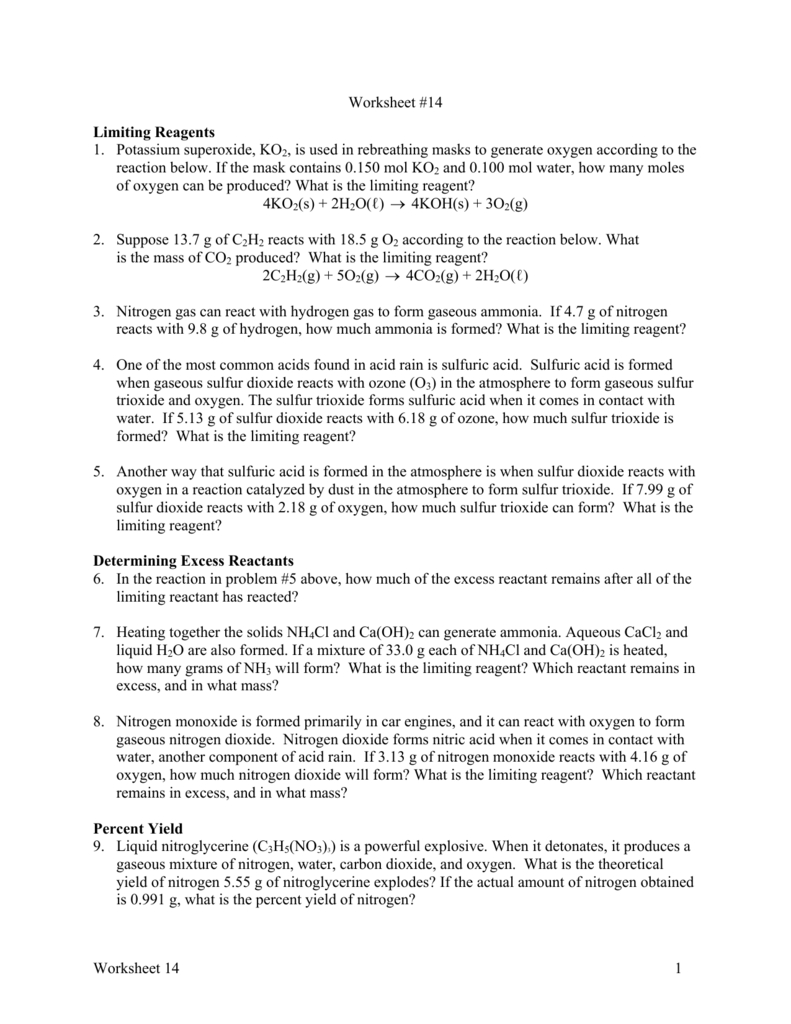
Students can then research the element and find out when it was discovered. They will use the table to fill in information about various elements, including atomic number, symbol, and atomic mass. This excellent resource from Teach SImple is a great way to introduce your class to the periodic table. The Best 11 Periodic Table Worksheet Periodic Table Search and Find By Dressed in Sheets Where To Find Periodic Table Worksheets Online.Most of these worksheets cover atomic number, atomic mass, and elements symbols and will be suitable for Grade 5 upward. Searching for worksheets online can be time-consuming, so we have done it for you, and rounded up our favorites. Introducing the concept of the elements to your class for the first time is a great feeling, and hopefully, they will share your enthusiasm for it! However, this topic is very visual, and worksheets can go a long way to keeping your students engaged throughout the topic. There are also a few trace elements which may serve no purpose and are harmless.The periodic table is a great topic and a favorite of most chemistry teachers. There are other trace elements as well, and most trace elements are essential or have a necessary effect on the body. Magnesium (0.005%) is used to help build healthy teeth and bones and helps with enzymes.įinally, trace elements, which are less than 0.01% of the body's weight, include boron, cadmium, chromium, cobalt, copper, fluorine, iodine, iron, manganese, molybdenum, selenium, silicon, tin, vanadium, and zinc.

Chlorine (0.15%) helps with the transport of enzymes, and supplies energy for biochemical reactions, found in the stomach and helps with digestion. Sodium is a minor 0.15% and is important for nerve transmission and muscle function, like potassium. Sulfur (.25%) is found in amino acids, used to build proteins in the body. The remaining chemicals, all under 1% of the body include potassium (.25%) which helps regulates the heartbeat, electrical impulses, and all the cells in the body requiring potassium to function. At 1% is phosphorous and found in bones and teeth, and in nucleic acids and energy molecules. Calcium (1.4%) is found in bones and teeth, helps with structure, and is used mainly for muscle contraction and protein regulation. Nitrogen makes up 3% of the body and is found in the lungs, breathed in with the air, absorbed in the body through foods that are eaten, a component of amino acids, parts of DNA and RNA, and other molecules.
#POTASSIUM ELEMENT READING WORKSHEET PLUS#
Hydrogen is third most abundant at just 10% and is bound with oxygen to form water, found in every molecule, plus assists with the chemical reactions in the body. About 18% is carbon and is the basis of organic chemistry every molecule in the body contains carbon, assists with the metabolism in the body, and carbon is released when you breathe.

The top eleven chemicals that make up a person's body weight include oxygen with 65% and mostly bound to hydrogen to make water, large amounts of oxygen are found in the lungs and bloodstream, and found in proteins and carbohydrates, and more. Without water, a person could not survive. Therefore, the body must remain hydrated, meaning it needs water (H 2O) throughout the day. Two of the chemicals, hydrogen and oxygen, make up about 60% of your body. Most of the chemicals of the human body are quite familiar and common, especially the top four. Nearly all the chemicals in the body serve a purpose, either as a single element or joined with other chemicals to form compounds. Trace elements of the other chemicals make up the other 4%. However, about 96% of the body is made up of just four elements: oxygen, carbon, hydrogen, and nitrogen. There are 92 naturally-occurring elements listed in the Periodic Table, and about 60 of them make up the human body. New people are created through sexual reproduction and not by combining the chemicals purchased at a store. Of course, once the chemicals are purchased, it would be extremely difficult combining them to create a human body. This does not mean a person is worth $5 or $160, only the chemicals that make up the human body. If it was possible to purchase the chemicals that make up the body, it would cost about $160 or less. Everything is made up of chemicals, including the human body.


 0 kommentar(er)
0 kommentar(er)
